10 Worst Telugu Movies of All Time.
Discover the top 10 worst Telugu movies of all time. From disasters to failures, these films failed to impress the audience with their weak storylines, lackluster performances, and poor execution. Learn from these failures and strive for better storytelling, performances, and execution in future Telugu movies.
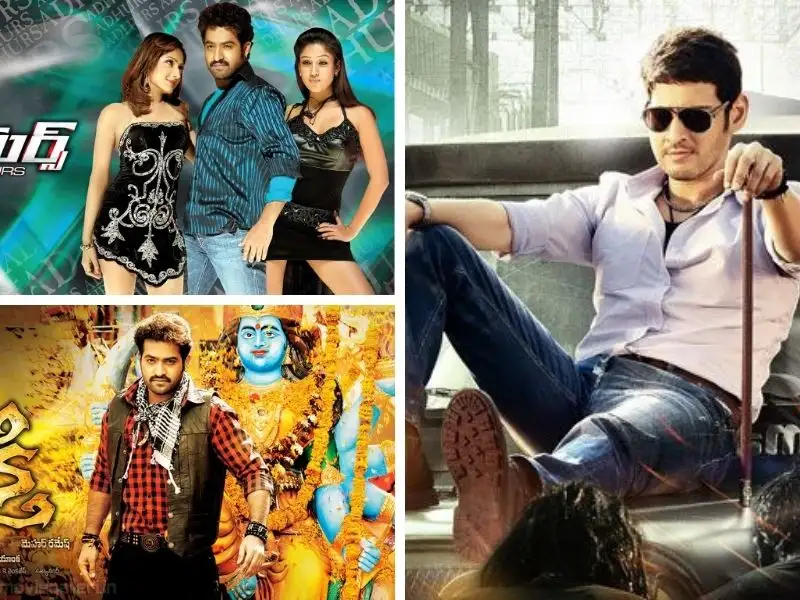
Here is the List of Top 10 Worst Telugu Movies.
“Adhurs”
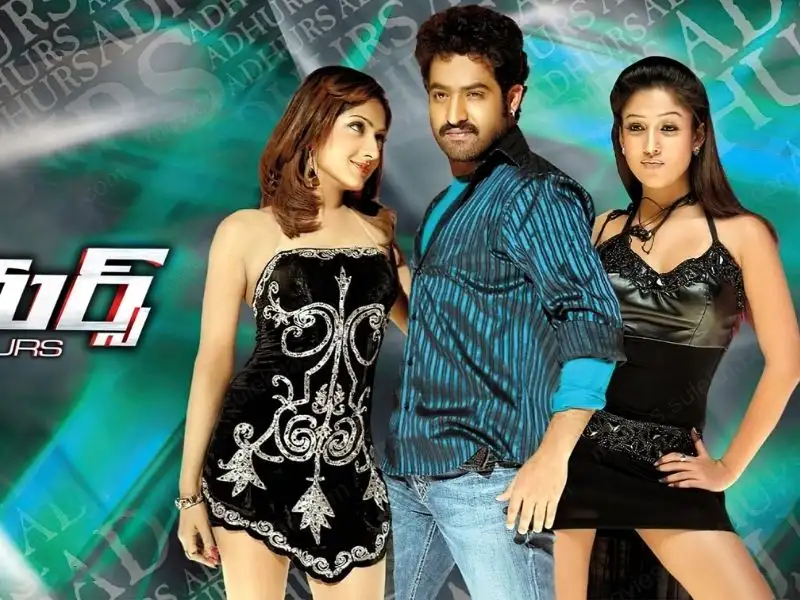
Released in 2010, “Adhurs” is often considered one of the worst Telugu movies ever made. The film starred Junior NTR in a dual role and had a convoluted plot that left the audience confused. The over-the-top comedy and unnecessary action sequences made it a painful watch.
Despite its star-studded cast and high expectations, “Adhurs” failed to deliver a coherent storyline. The film seemed to be a mishmash of various genres, trying to cater to every possible audience. It started off as a comedy, with slapstick humor and exaggerated performances, but soon shifted gears into an action-packed drama. The dual role played by Junior NTR added to the confusion. While the idea of having one actor portray two characters can be intriguing, it was poorly executed in “Adhurs.” The characters lacked depth and their motivations were unclear, making it difficult for the audience to connect with them. Moreover, the excessive use of action sequences felt forced and unnecessary. The film seemed to rely on these moments to keep the audience engaged, but instead, it became tiresome and predictable.
The lack of a cohesive narrative made it hard to invest in the story, and the over-the-top comedy only added to the frustration. Additionally, the film suffered from poor pacing and editing. Scenes dragged on for far too long, and the transitions between different plotlines were often abrupt and disjointed. This further contributed to the overall confusion and made it challenging to follow the film’s storyline. Despite its shortcomings, “Adhurs” did manage to find some success at the box office, primarily due to the popularity of its lead actor.
However, it received mixed reviews from critics, who criticized its lack of originality and poor execution. In conclusion, “Adhurs” is a prime example of a film that had the potential to be great but fell short in its execution. The convoluted plot, over-the-top comedy, and unnecessary action sequences made it a painful watch for the audience. While it may have found some success commercially, it remains a forgettable entry in Telugu cinema.
“Shakti”
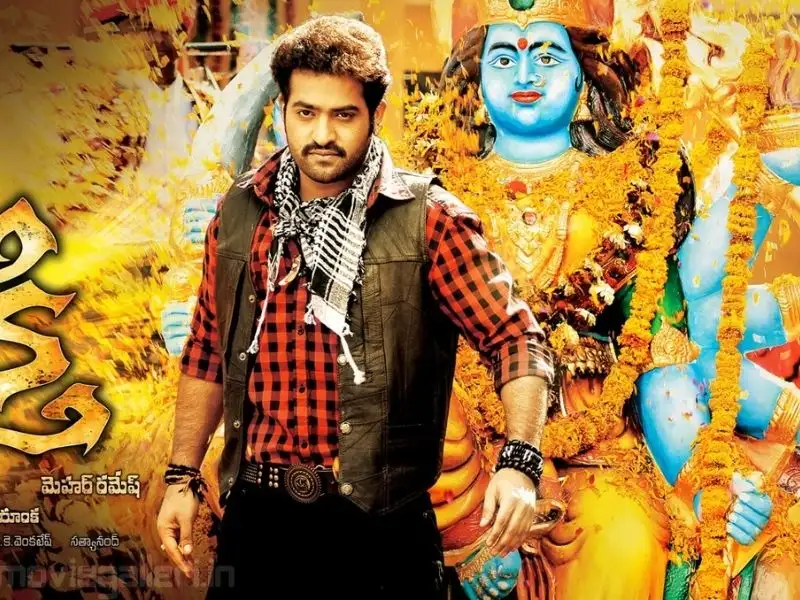
“Shakti” was a highly anticipated film that released in 2011. Starring Jr. NTR and Ileana D’Cruz, the movie had a promising premise but failed to deliver. The poor execution, weak screenplay, and lackluster performances made it a forgettable experience for the viewers.
Despite the high expectations surrounding “Shakti,” the film fell short of meeting the audience’s anticipation. The story revolved around a young man, played by Jr. NTR, who discovers his supernatural powers and must use them to save the world from an impending disaster. On paper, the concept seemed intriguing, with the potential for thrilling action sequences and a gripping narrative. However, the execution of the film failed to capitalize on these elements. One of the major drawbacks of “Shakti” was its weak screenplay. The plot lacked coherence and failed to engage the audience effectively. The narrative seemed disjointed, with unnecessary subplots that added little to the overall story.
As a result, the film felt dragged and lost its momentum, leaving the viewers disconnected from the characters and their journey. Additionally, the performances in “Shakti” were underwhelming. Despite having a talented cast, including the charismatic Jr. NTR and the talented Ileana D’Cruz, the actors struggled to bring life to their characters. The lack of depth in the writing made it difficult for the actors to showcase their skills, resulting in performances that felt flat and uninspiring. The chemistry between the lead pair, which could have added an emotional layer to the film, failed to create any impact. Moreover, the technical aspects of the film were also disappointing.
The visual effects, which were crucial for a movie that revolved around supernatural powers, appeared outdated and unimpressive. The action sequences lacked finesse and failed to create the desired impact. The cinematography and editing, which could have elevated the film, were subpar, further diminishing the overall experience. Overall, “Shakti” was a film that had the potential to be a memorable cinematic experience but fell short due to its poor execution. The weak screenplay, lackluster performances, and disappointing technical aspects prevented the film from reaching its full potential. As a result, “Shakti” remains a forgettable entry in Jr. NTR’s filmography and a missed opportunity for the filmmakers to create a compelling supernatural thriller.
Aagadu

“Aagadu” had all the ingredients for a successful film. It had a talented director like Srinu Vaitla, who had previously delivered blockbuster hits. Mahesh Babu, known for his charismatic screen presence and impeccable acting skills, was the perfect choice for the lead role. The film also boasted a star-studded cast, including Tamannaah Bhatia, Rajendra Prasad, and Brahmanandam.
The initial buzz around “Aagadu” was immense. The trailer and promotional materials created a lot of anticipation among the audience. The film was touted to be an action-packed entertainer with a unique storyline. However, when it finally released, it failed to live up to the expectations.
One of the major drawbacks of “Aagadu” was its weak storyline. The plot lacked depth and failed to engage the audience. The narrative was predictable and lacked any surprises or twists. The screenplay was filled with clichés and lacked originality. The excessive violence in the film also turned off many viewers, as it seemed forced and unnecessary.
Another issue with “Aagadu” was the forced comedy. While Srinu Vaitla is known for his comedic timing and ability to blend humor into his films, in “Aagadu,” it felt out of place. The comedy tracks seemed forced and did not contribute to the overall narrative. It felt like the filmmakers were trying too hard to make the audience laugh, resulting in jokes that fell flat.
Despite its flaws, “Aagadu” did have some redeeming qualities. Mahesh Babu’s performance was commendable, and he managed to shine even in a poorly written script. The action sequences were well-executed, showcasing Mahesh Babu’s prowess as an action hero. The film also had some catchy songs and visually appealing cinematography.
In conclusion, “Aagadu” may have been a commercial disaster, but it was not without its merits. The film suffered from a weak storyline, excessive violence, and forced comedy, which ultimately led to its downfall. However, it still had some memorable moments and showcased the talent of its lead actor. Despite its failure, “Aagadu” serves as a reminder that even the most anticipated films can fall short of expectations.
“Spyder”
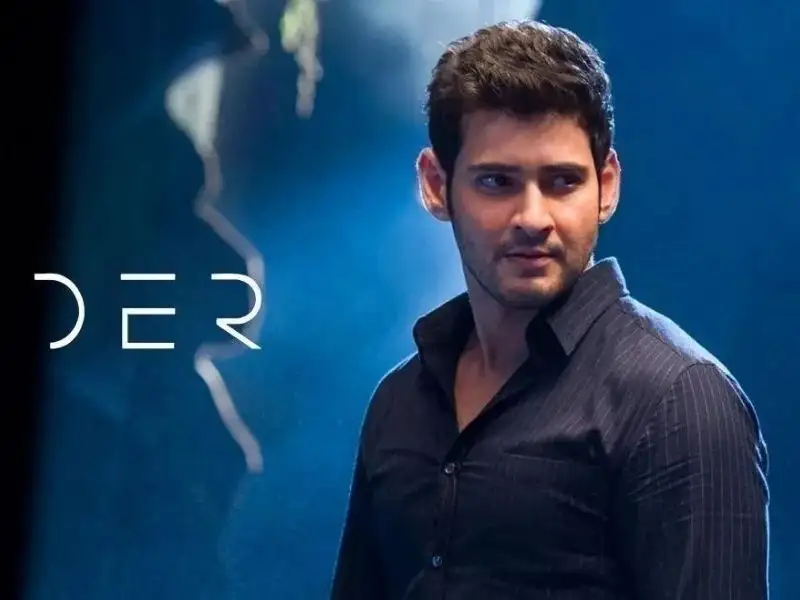
“Spyder” was a much-hyped film that released in 2017. Starring Mahesh Babu and Rakul Preet Singh, the movie had a promising concept but failed to live up to the expectations. The slow-paced narrative, lack of engaging moments, and confusing screenplay made it a disappointment for the viewers.
Despite its initial buzz and star-studded cast, “Spyder” fell short in delivering a captivating storyline. The film revolved around the life of Shiva (played by Mahesh Babu), an intelligent officer working for the Intelligence Bureau. His mission was to track down a psychopathic serial killer who targeted innocent people. The concept itself had the potential to be a gripping thriller, but unfortunately, the execution did not match up. One of the major drawbacks of “Spyder” was its slow-paced narrative. The film seemed to drag on, with scenes that could have been trimmed down or eliminated altogether.
This lack of tight editing made it difficult for the audience to stay engaged throughout the movie. Additionally, the screenplay was confusing and convoluted, making it hard to follow the plotline and understand the motivations of the characters. Furthermore, “Spyder” lacked the necessary engaging moments that could have elevated the film. While there were a few action sequences and suspenseful moments, they were few and far between. The movie failed to create a sense of urgency or build tension, leaving the viewers craving for more excitement.
Despite the shortcomings, the performances of Mahesh Babu and Rakul Preet Singh were commendable. They tried their best to bring life to their respective characters, but unfortunately, the weak script hindered their efforts. The supporting cast also did a decent job, but their performances were overshadowed by the overall lackluster execution of the film. In conclusion, “Spyder” had all the ingredients for a successful thriller but failed to deliver on its promises. The slow-paced narrative, lack of engaging moments, and confusing screenplay were the main factors that contributed to its disappointment. While the performances were noteworthy, they were not enough to salvage the film. “Spyder” serves as a reminder that even with a promising concept and a talented cast, a movie can still fall short if the execution is not up to par.
“Naa Peru Surya, Naa Illu India”
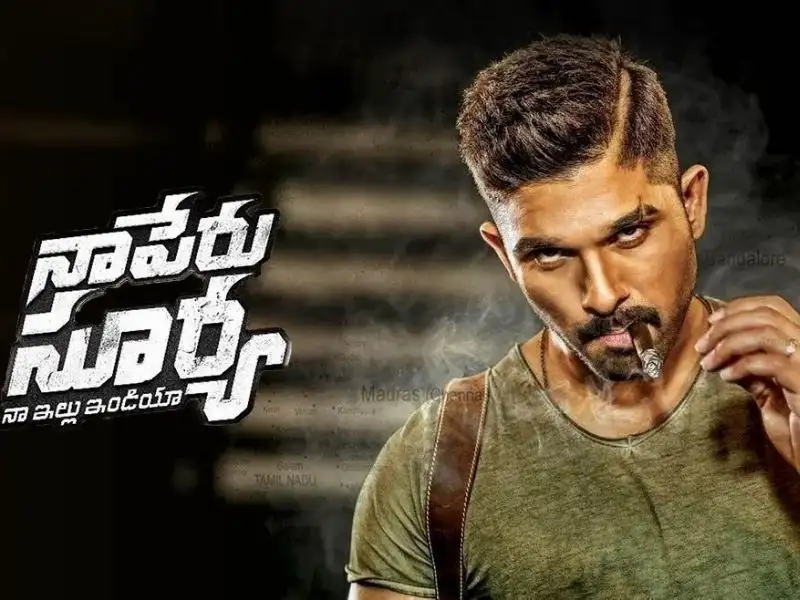
“Naa Peru Surya, Naa Illu India” was a highly anticipated film in 2018 due to the star power of Allu Arjun. With a promising title and an intriguing premise, fans were excited to see what the film had in store. However, as the movie hit the screens, it became evident that it failed to live up to the expectations.
One of the biggest drawbacks of the film was its weak storyline. The plot lacked depth and failed to engage the audience. It seemed like a mere collection of cliches and lacked originality. The narrative was predictable and offered nothing new to the viewers, leaving them disappointed.
In addition to the weak storyline, “Naa Peru Surya, Naa Illu India” suffered from unnecessary songs that disrupted the flow of the film. These songs seemed forced and did not contribute to the overall plot or character development. Instead, they felt like fillers, added solely for commercial purposes. This decision only further weakened the film’s impact and left the audience wondering why these songs were included in the first place.
Furthermore, the lack of character development was another major letdown. The film failed to establish a strong connection between the audience and the characters. The motivations and emotions of the characters were not explored adequately, leaving the viewers feeling detached and uninvested in their journey. This lack of depth in character development made it difficult for the audience to empathize or connect with the story, resulting in a disappointing cinematic experience.
Overall, “Naa Peru Surya, Naa Illu India” fell short of its potential and failed to deliver a memorable film. Despite the star power of Allu Arjun, the film’s weak storyline, unnecessary songs, and lack of character development contributed to its downfall. It serves as a reminder that even with a talented cast, a film can still miss the mark if it lacks a strong narrative and fails to engage the audience on an emotional level.
“Bruce Lee: The Fighter”
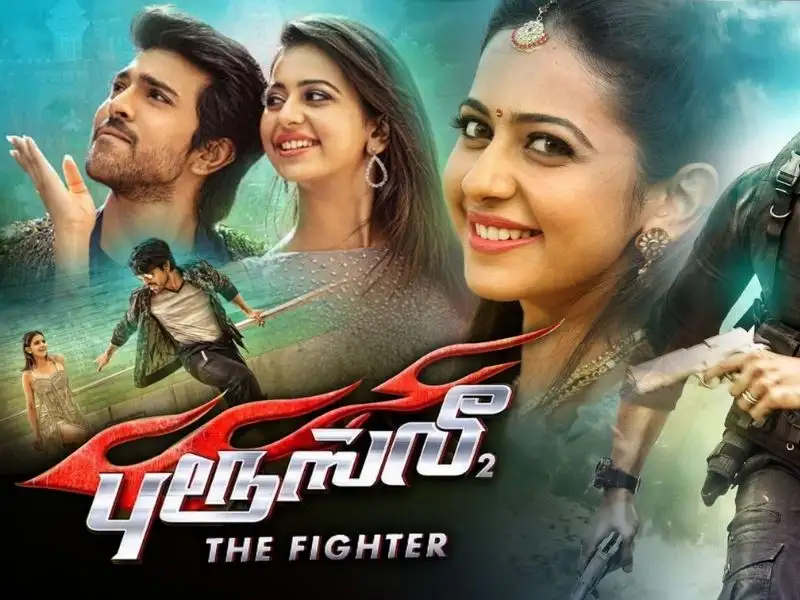
One of the major drawbacks of “Bruce Lee: The Fighter” was its weak script. The dialogues lacked depth and failed to create a strong impact on the audience. The characters were poorly developed, leaving the viewers disconnected from their journey. The film relied heavily on clichés and stereotypes, which further contributed to its lack of originality.
Another issue with the film was its predictable plot twists. From the very beginning, it was evident how the story would unfold, leaving no room for surprises or suspense. The lack of unexpected turns made the viewing experience monotonous and unexciting. The audience could easily anticipate the next scene, making the film feel like a tedious task to sit through.
Despite the shortcomings, the film did have its moments. The action sequences were well choreographed, showcasing Ram Charan’s martial arts skills. The fight scenes were intense and visually appealing, providing some entertainment value. However, even the well-executed action couldn’t compensate for the overall flaws in the film.
Moreover, the film failed to make a lasting impact due to its lack of emotional depth. The characters’ motivations and conflicts were poorly explored, leaving the audience detached from their struggles. The film attempted to incorporate elements of romance and family drama, but these aspects felt forced and superficial. As a result, the emotional arcs of the characters fell flat, failing to evoke any genuine empathy or connection from the viewers.
In addition to the weak script and predictable plot, the film suffered from inconsistent pacing. The narrative seemed disjointed at times, with abrupt shifts in tone and pacing. This made it difficult for the audience to fully engage with the story and its characters. The film lacked a cohesive flow, making it feel like a series of disconnected scenes rather than a coherent narrative.
Overall, “Bruce Lee: The Fighter” had the potential to be an engaging action film with a compelling storyline. However, due to its weak script, lack of originality, predictable plot twists, and inconsistent pacing, it failed to leave a lasting impression on the audience. Despite the talented cast and well-executed action sequences, the film fell short of expectations and ultimately became a forgettable experience.
“Agnyaathavaasi”
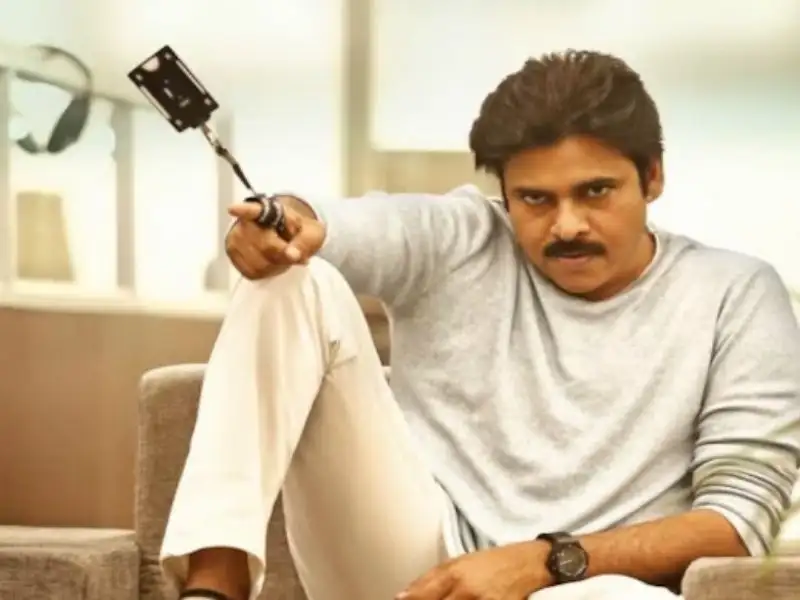
“Agnyaathavaasi” was a highly anticipated film that released in 2018. Starring Pawan Kalyan in the lead role, the movie had high expectations but failed to meet them. The weak screenplay, lack of engaging moments, and excessive melodrama made it a tedious watch.
The film revolves around the story of Abhishek Bhargav, played by Pawan Kalyan, who returns to India after completing his education abroad. He takes over his father’s business empire, which is under constant threat from rival companies. However, instead of focusing on the corporate battles and the intriguing world of business, the film gets entangled in unnecessary subplots and convoluted storytelling. One of the major flaws of “Agnyaathavaasi” is its weak screenplay. The narrative lacks coherence and fails to establish a strong connection between the characters and the audience. The plot meanders aimlessly, leaving the viewers confused and disinterested.
The film tries to incorporate elements of action, romance, and comedy, but fails to strike the right balance, resulting in a disjointed and unsatisfying experience. Moreover, the lack of engaging moments further adds to the disappointment. The film fails to create memorable sequences or gripping scenes that would hold the audience’s attention. The pacing is sluggish, with unnecessary songs and prolonged dialogues that do little to enhance the overall narrative. As a result, the film feels like a tedious watch, dragging on without any significant development or excitement. Another issue with “Agnyaathavaasi” is the excessive melodrama. The emotional moments in the film are overplayed, with exaggerated dialogues and forced sentimentality.
The characters’ emotions often feel forced and insincere, making it difficult for the audience to connect with them on a deeper level. This excessive melodrama not only hampers the overall impact of the film but also makes it feel contrived and artificial. Despite its shortcomings, “Agnyaathavaasi” does have a few redeeming factors. Pawan Kalyan delivers a decent performance, bringing charisma and charm to his character. The film also boasts of impressive cinematography and stylish visuals, adding a touch of grandeur to the overall presentation. However, these positives are overshadowed by the film’s weak screenplay and lack of engaging moments. In conclusion, “Agnyaathavaasi” falls short of its potential and fails to live up to the expectations set by its pre-release hype. The weak screenplay, lack of engaging moments, and excessive melodrama make it a tedious watch. While it has a few redeeming factors, they are not enough to salvage the overall experience. Ultimately, “Agnyaathavaasi” proves to be a disappointing addition to Pawan Kalyan’s filmography.
“Sardaar Gabbar Singh”
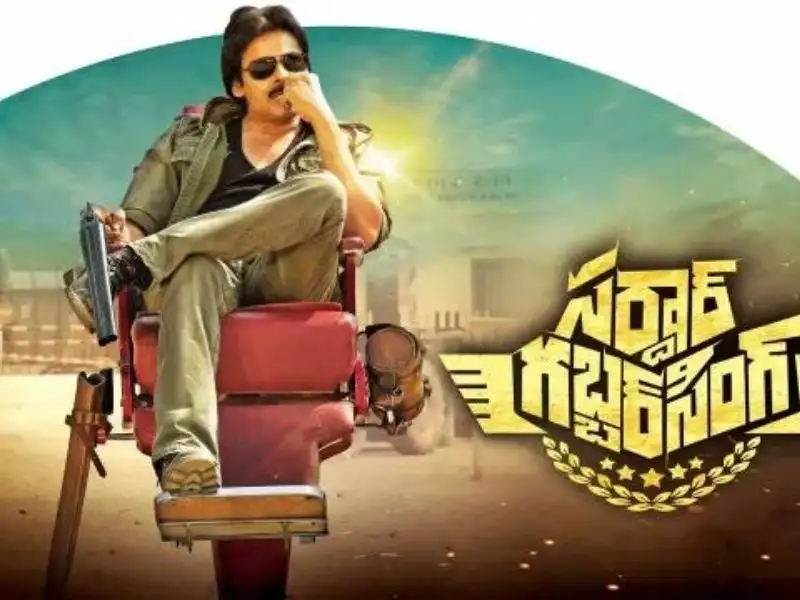
Pawan Kalyan’s “Sardaar Gabbar Singh” released in 2016 and was expected to be a blockbuster. However, the film failed to live up to the hype. The weak storyline, lack of character development, and forced comedy made it one of the worst Telugu movies of that year.
Despite the high expectations, “Sardaar Gabbar Singh” fell short in several aspects. The film’s storyline lacked depth and failed to engage the audience. It seemed disjointed and poorly executed, leaving viewers confused and disconnected from the narrative. The plot lacked originality and relied heavily on clichés, making it predictable and uninteresting. Character development was another major flaw in the film. The main characters were poorly written and lacked depth and complexity. Their motivations and actions were often inconsistent, making it difficult for the audience to connect with them on an emotional level. The lack of character development also affected the overall storytelling, as the audience was not invested in the fate of the characters.
Additionally, the forced comedy in “Sardaar Gabbar Singh” did not land well with the audience. The jokes felt forced and unnatural, often disrupting the flow of the film. Instead of adding to the entertainment value, the comedy segments felt out of place and unnecessary. This further contributed to the overall disappointment of the movie. Furthermore, the film suffered from technical issues, including subpar cinematography and editing. The visuals lacked creativity and failed to enhance the storytelling. The editing was choppy and inconsistent, making the film feel disjointed and poorly paced. These technical shortcomings added to the overall lackluster experience of watching “Sardaar Gabbar Singh.” In conclusion, “Sardaar Gabbar Singh” failed to meet the expectations set by its pre-release hype.
The weak storyline, lack of character development, and forced comedy all contributed to its status as one of the worst Telugu movies of 2016. Despite the star power of Pawan Kalyan, the film fell short in various aspects and left the audience disappointed.
“Lingaa”
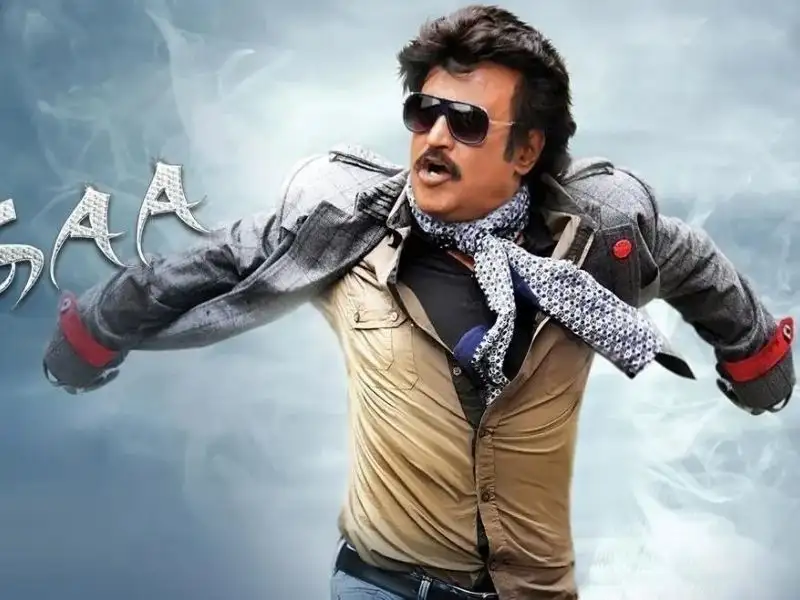
“Lingaa” was a Tamil-Telugu bilingual film that released in 2014. Starring Rajinikanth in the lead role, the movie had high expectations but failed to deliver. The weak screenplay, lack of engaging moments, and excessive length made it a tedious watch for the audience.
Despite the star power of Rajinikanth, “Lingaa” faced numerous challenges right from its inception. The film’s production was marred by controversies, with allegations of plagiarism surrounding its storyline. This created a negative buzz even before the movie hit the screens. When “Lingaa” finally released, it was met with mixed reviews from both critics and audiences. The weak screenplay failed to capitalize on Rajinikanth’s charisma and larger-than-life persona. The film lacked the gripping narrative that is usually associated with Rajinikanth’s movies. Furthermore, the lack of engaging moments throughout the film made it difficult for the audience to connect with the story. The pacing was uneven, with unnecessary subplots that only added to the excessive length of the movie.
As a result, many viewers found themselves losing interest as the film progressed. Despite these shortcomings, “Lingaa” did have its moments. Rajinikanth’s performance was praised, as he effortlessly portrayed the dual roles of a thief and a village chief. His screen presence and dialogue delivery were as captivating as ever, but unfortunately, even his stellar performance couldn’t salvage the film. The music of “Lingaa” composed by A.R. Rahman received a positive response, with a few songs becoming popular among the audience. However, the music alone couldn’t save the film from its overall lackluster execution. In conclusion, “Lingaa” may have had the star power of Rajinikanth and the musical brilliance of A.R. Rahman, but it ultimately fell short of expectations.
The weak screenplay, lack of engaging moments, and excessive length made it a tedious watch for the audience. Despite Rajinikanth’s commendable performance, “Lingaa” failed to leave a lasting impact and remains one of the disappointing films in his illustrious career.
“Nakshatram”
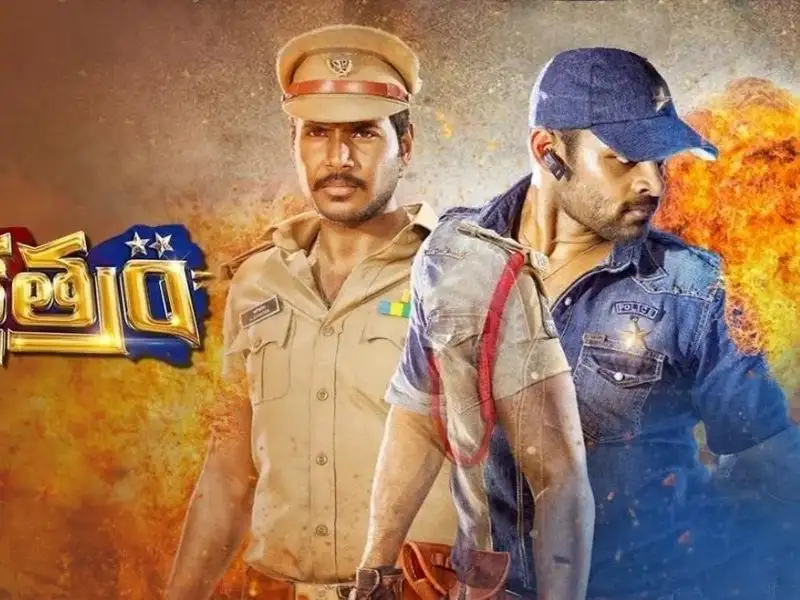
“Nakshatram” was a 2017 action drama film directed by Krishna Vamsi. Despite having a talented cast, including Sundeep Kishan and Regina Cassandra, the film failed to impress the audience. The weak storyline, lack of character development, and excessive violence made it one of the worst Telugu movies of that year.
While these movies may have failed to impress the audience, it’s important to remember that the Telugu film industry has also produced several gems that have entertained and captivated the viewers. It’s all part of the movie-watching experience, and sometimes, even the worst movies can provide a good laugh or two.
However, it’s worth noting that the failure of “Nakshatram” cannot be solely attributed to the cast and crew. The success of a film depends on various factors, including the script, direction, editing, and marketing. In the case of “Nakshatram,” it seemed like the filmmakers tried to incorporate too many elements into the storyline, resulting in a disjointed narrative.
The film revolved around the lives of a group of aspiring police officers who undergo rigorous training at a police academy. While this premise had the potential to be engaging, the execution fell short. The lack of character development made it difficult for the audience to connect with the protagonists, and the excessive violence overshadowed any emotional depth that could have been explored.
Additionally, the screenplay failed to provide a cohesive narrative structure, with subplots and side characters introduced without proper development or resolution. This made the overall storyline confusing and disjointed, leaving the audience feeling disconnected from the film.
Furthermore, the excessive violence depicted in “Nakshatram” seemed unnecessary and gratuitous. While action sequences can add excitement to a film, they should serve a purpose within the context of the story. In this case, the violence appeared to be included for shock value rather than contributing to the overall plot or character development.




